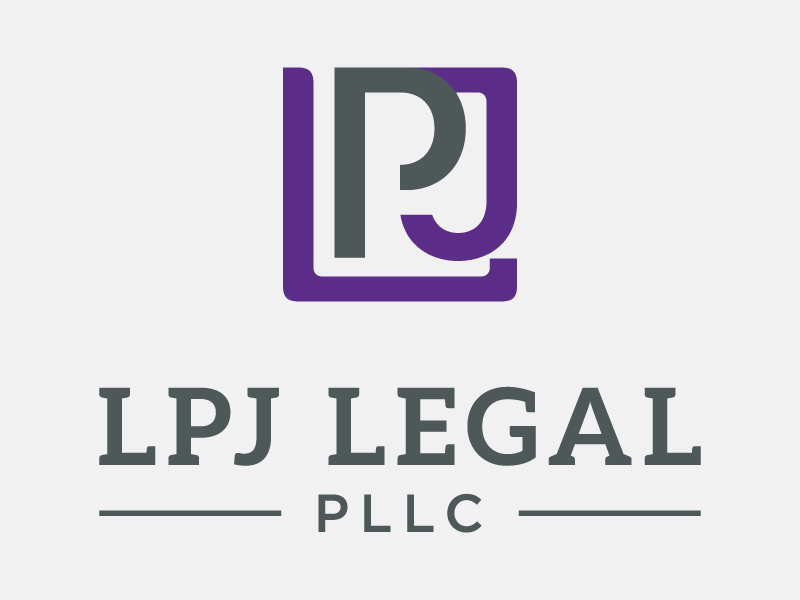Memorial Day weekend marks the unofficial start of construction season. 🏖🍧
Before you break ground on your next big project, take a moment—amid the backyard BBQs and parades—to make sure you understand these iron-clad construction clauses and how they’ll keep you—and your blueprints—from going off course when summer’s heat (and your stakeholders) turn up the pressure.
📌Still need more assistance? LPJ Legal has the construction experience to ensure your builds stay on schedule and within compliance. Click here to schedule a consultation with a legal expert.
1. The “Time Is of the Essence” Clause ☀️
What it is: A “Time Is of the Essence” clause in a contract makes the agreed‐upon dates and deadlines strict, enforceable obligations rather than merely “best efforts” targets. By agreeing that “time is of the essence,” both parties acknowledge that performance by the specified dates (e.g., “Substantial completion by August 1, 2025”) is a material term of the contract. Missing a deadline—even by a day—constitutes a breach unless the non-breaching party waives it in writing.
- Why it matters: Without a crystal-clear deadline enforcement mechanism, “summer” builds can drag into fall—and nobody wants to pay for an idle crew.
- Drafting tip: Specify exact milestone dates (e.g., foundation complete by July 15, framing by August 1) and make “time is of the essence” language non-waivable.
- Pro-move: Tie progress payments to those milestones—miss one, suspend the draw until you catch up.
2. Liquidated Damages for Delay 🎆
What it is: Liquidated Damages for Delays are a pre-negotiated, fixed sum that a contractor (or party) agrees to pay the owner if they fail to meet specified completion dates. Instead of forcing the owner to prove actual harm from a delayed finish—which can be costly and uncertain—both sides lock in an agreed “daily” or “weekly” penalty in advance.
- Why it matters: If your contractor blows past the move-in date, real losses (lodging for tenants, lost rental income) add up fast.
- Drafting tip: Agree in advance on a daily or weekly liquidated-damages rate that approximates your real-world exposure.
- Developer’s note: Courts will enforce these only if they’re a reasonable forecast of harm—not a penalty. Spike your math with real numbers, not a round figure.
3. Robust Change-Order Process 🍧
What It Is: A formalized workflow embedded in your contract requiring that any proposed alteration to scope, materials, or schedule be documented in writing, with detailed cost estimates and schedule impacts. It turns informal “on-the-fly” decisions into structured negotiations, ensuring that every change is reviewed, approved, and priced before work begins. This clarity prevents misunderstandings about what work is included and who will pay for it.
- Why it matters: Mid-build tweaks—from design tweaks to unexpected soil conditions—are inevitable. Without a formal process, scope creep will eat your budget alive.
- Drafting tip: Require written change-order requests that describe scope, cost delta, and schedule impact. No handshake deals.
- Best practice: Include a cap on “owner-initiated” changes without additional negotiation (e.g., first five requests free; thereafter, negotiation required).
4. Cost Escalation & Material-Price Adjustment Clause 🎇
What It Is: A mechanism that ties the price of key materials—steel, lumber, HVAC equipment—to a recognized index like the Producer Price Index, or caps allowable increases to a certain percentage. Rather than locking in every component at day one (which can leave you overpaying or flat-out unable to procure items), it lets you share legitimate cost spikes with the contractor in a transparent, predefined way.
- Why it matters: Between Memorial Day steel hikes and summer’s PVC sticker shock, material costs can spike.
- Drafting tip: Lock in a base price for long-lead items (structural steel, HVAC equipment) or tie adjustments to a published index (e.g., Producer Price Index).
- Owner’s safeguard: Require the contractor to notify you within 5 business days of any supplier price increase above a threshold (e.g., 5%).
5. Force Majeure with Notice Requirements 🍨
What It Is: A clause defining unforeseeable, external events—like severe storms, labor strikes, or global supply-chain embargoes—that excuse performance without liability, provided the affected party gives prompt written notice. It protects both sides from blame when circumstances beyond anyone’s control grind the site to a halt. Typically it also sets a maximum extension period, after which either party can choose to terminate.
- Why it matters: Acts of God—storms, historic heat waves, supply-chain meltdowns—can grind any site to a halt. You need to pause obligations without finger-pointing.
- Drafting tip: Define “force majeure” broadly (weather, labor strikes, material embargoes) but require prompt written notice and monthly status updates.
Heads-up: Limit the force majeure extension to a reasonable period (e.g., 30 days), after which both parties can negotiate a path forward or terminate.
6. Termination for Convenience & Default 🏖
What It Is: Dual “exit ramp” options in your contract. Termination for convenience lets the owner walk away on short notice—usually paying only for work performed plus demobilization—without proving fault. Termination for default permits ending the contract if the contractor fails to cure breaches (missed payments, safety violations) within a specified cure period. Together, they protect you from an underperforming contractor or from commitments you can’t fulfill.
- Why it matters: Sometimes you just need an “out” button—whether the contractor disappears or your financing falls through.
- Drafting tip: For convenience: Allow the owner to terminate on X days’ notice, with a cap on compensation (e.g., work completed + demobilization costs). For default: Detail cure periods (e.g., 10 days to remedy nonpayment or safety violations) and walk-away rights if uncorrected.
7. Dispute Resolution & Attorney’s Fees 🎢
What It Is: A structured, tiered process—typically requiring an initial project-level meeting, non-binding mediation, and then arbitration or litigation if needed—combined with a fee-shifting provision. That means the losing party in arbitration or court must reimburse the winner’s attorney’s fees, discouraging meritless claims and encouraging early settlement.
- Why it matters: When disagreements explode, the last thing you want is a full-blown lawsuit with surprise fee awards.
- Drafting tip: Tiered negotiation: Start with a project-level meeting, then mediation. Fee shifting: Whoever loses the arbitration or lawsuit pays the winner’s legal fees—strong incentive to settle early.
Final Parade-Rest Reminder 🎇
Contracts aren’t just boilerplate—they’re your project’s salute to predictability, profitability, and peace of mind. Need a contract review or custom clause drafting before your site crew rolls in? Contact LPJ Legal for a free 15-minute “blueprint check” today.
New to LPJ Legal? We’re a dedicated group of experienced and highly credible legal professionals, proudly representing clients both locally and internationally with domestic offices in D.C., Maryland, Virginia, and Georgia. At LPJ Legal, we believe that a law firm should be more than a legal resource; it should be a trusted partner. Our team is committed to safeguarding our clients’ businesses, properties, and futures, providing powerful legal insights to help ensure their success. To become a construction client, visit the LPJ Legal website, or call us directly at 202-643-6211.



